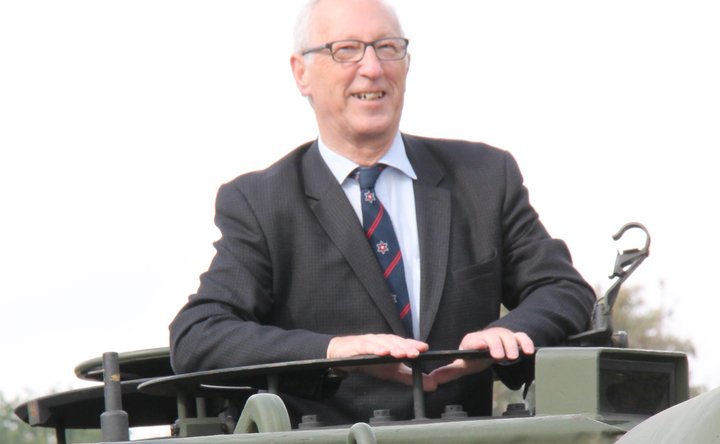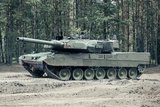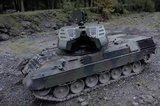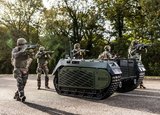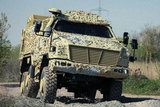Turkey’s FNSS turns to a tank for its new armoured vehicle
A concept model of the Kaplan APC developed by FNSS and Pindad to meet the requirements of the Indonesian Army, showing smoke grenade launchers on top of the hull. (Image: FNSS)
Turkish company FNSS Savunma Sistemleri has unveiled a concept model of its latest tracked armoured fighting vehicle (AFV), the Kaplan APC which, unusually for the modern era, draws heavily on a light tank design.
The new model has been developed in conjunction with PT Pindad to meet an Indonesian Army requirement for a tracked APC in the 30-tonne class. For this programme PT Pindad and FNSS have signed a development and production agreement.
The Kaplan APC can carry 10 dismounts and a crew of three consisting of commander, gunner and driver, with troops entering and leaving via a power-operated ramp
Already have an account? Log in
Want to keep reading this article?
More from Land Warfare
-
![Next stage approved for major European robot programme]()
Next stage approved for major European robot programme
The European Commission and Milrem Robotics have signed a grant agreement for iMUGS2, following on from the original iMUGS collaboration to develop modular and scalable architecture for crewed and uncrewed systems.
-
![The British Army’s Land Mobility Programme – all change but no progress?]()
The British Army’s Land Mobility Programme – all change but no progress?
The UK’s Land Mobility Programme, an effort to replace thousands of British Army vehicles, may be about to undergo a radical change in direction.
-
![Supacat and KNDS join forces for British Army vehicle programme]()
Supacat and KNDS join forces for British Army vehicle programme
The Land Mobility Programme is the biggest UK opportunity for the next few decades if it all falls into place. Companies have been filling their dance cards as milestones approach in the hope they are not the mirages of the past.








